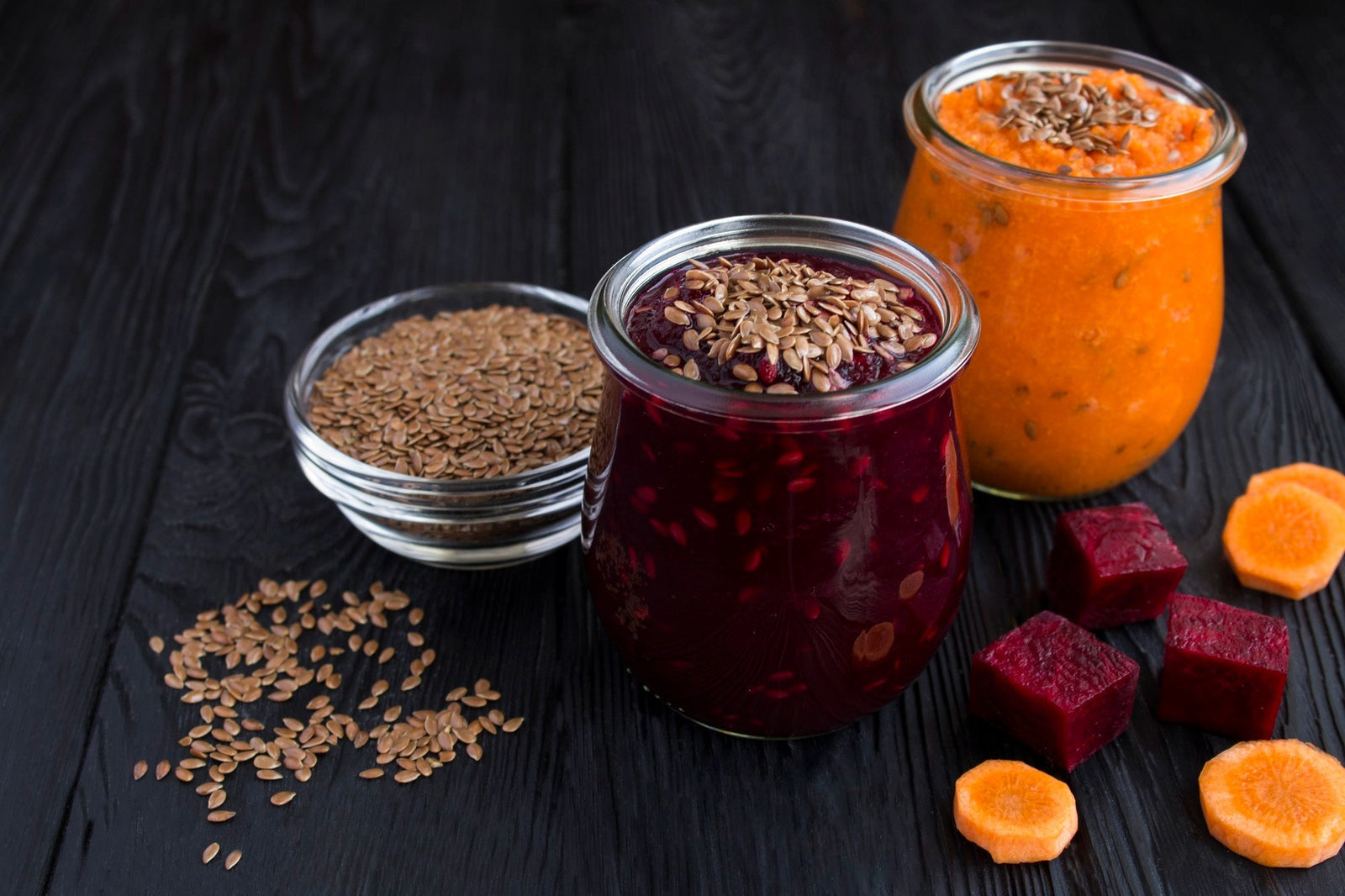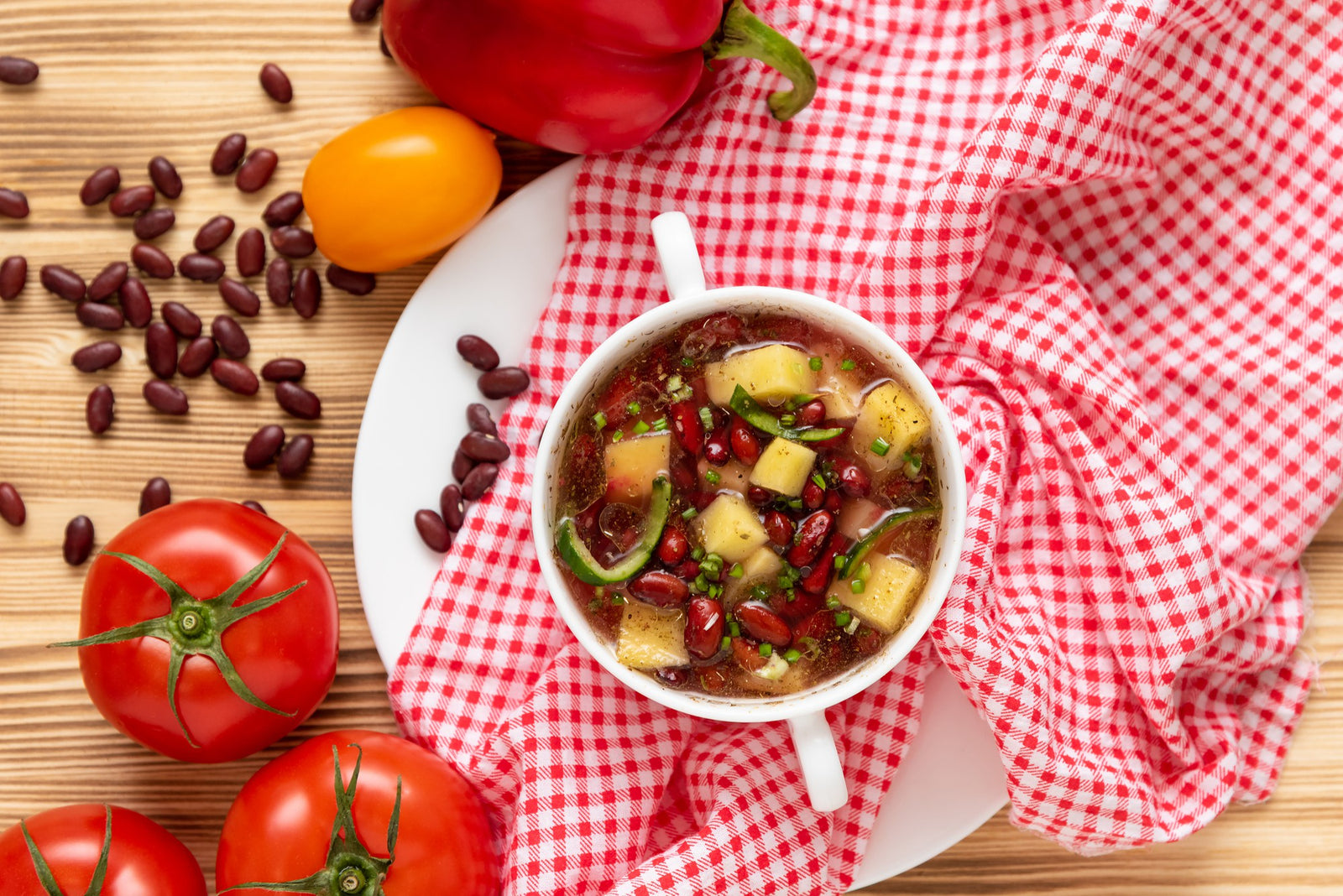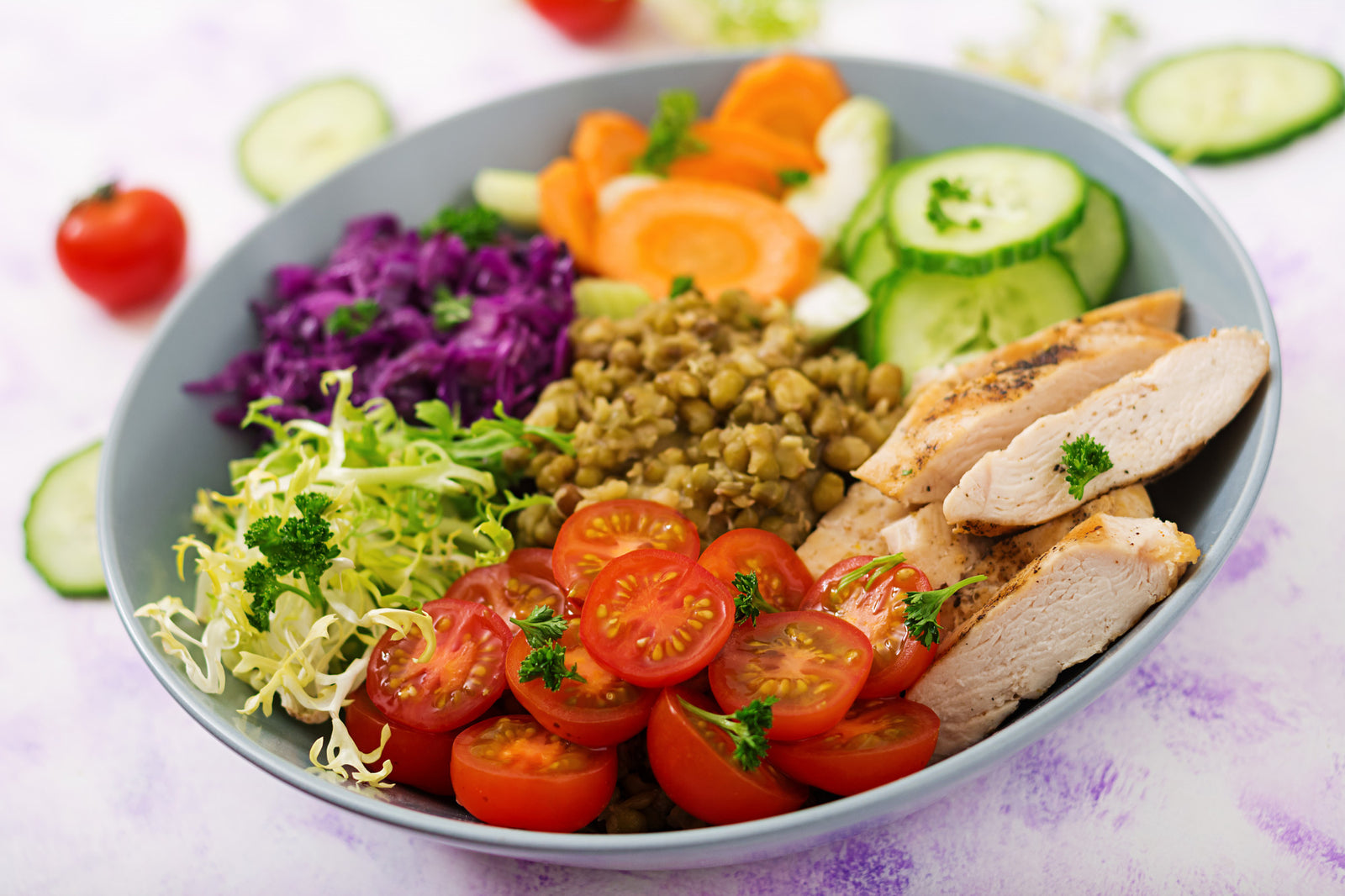
October 21, 2024 2 min read
Making hulless barley flour at home is simple and rewarding. This versatile flour can be used for baking, thickening soups, or as a nutritious addition to smoothies. Here’s how you can make it at home:

Before grinding, you can rinse the hulless barley under cold water to remove any dust or debris. If you do this, make sure to let it dry completely, either by air drying or placing it in a low-temperature oven for about 15-20 minutes at 200°F (93°C). This step is optional but helps ensure the barley is clean.
Start by measuring out how much hulless barley you need. A cup of whole barley will yield about 1 cup of flour. The amount depends on how much flour you need, but grinding in smaller batches is usually easier for a finer consistency.

Place the dried hulless barley into a high-speed blender, grain mill, or coffee grinder. Start grinding the barley on high until you achieve a fine, powdery texture. This should take about 1-2 minutes depending on your equipment. If using a coffee grinder, grind in small batches.
After grinding, pour the flour through a fine mesh sieve into a large bowl. This will help remove any larger, unground pieces and give you a finer flour. You can return the larger pieces to the grinder to process further.

Once the flour is ground and sifted, transfer it to an airtight container. Hulless barley flour can be stored in a cool, dry place for up to 2-3 months. For longer shelf life, store it in the refrigerator or freezer to keep it fresh.
Making hulless barley flour at home is easy and allows you to enjoy the fresh, nutritious benefits of this whole grain. With just a few steps, you can have your own homemade barley flour ready to use in various healthy recipes!
❤ Try our USDA certified organic Barley Products ❤
Recipes:
Related Blogs:
Comments will be approved before showing up.

January 27, 2025 3 min read
Flaxseed, the tiny yet powerful superfood, is packed with nutrients that can support weight loss. From curbing hunger to stabilizing blood sugar, this guide dives into the science of how flaxseed can help you shed those extra pounds.

December 11, 2024 3 min read
Discover three quick and easy soup recipes featuring organic small red beans. From a classic vegetable soup to a creamy potato blend, these wholesome recipes are perfect for chilly days and busy weeknights. Packed with flavor and nutrition, these soups will warm your heart and soul this winter!

December 06, 2024 3 min read
This vibrant and nutritious Green Lentil Salad combines tender lentils with grilled chicken, fresh vegetables, and a zesty lemon dressing. Packed with protein, fiber, and essential vitamins, it’s the perfect healthy meal for any time of day.
© 2025 Be Still Farms- Real, Fine Organics.
Privacy | Terms | Refund Policy | Organic Certification
